5G Mobile Networks up to 90% More Energy Efficient Than 4G
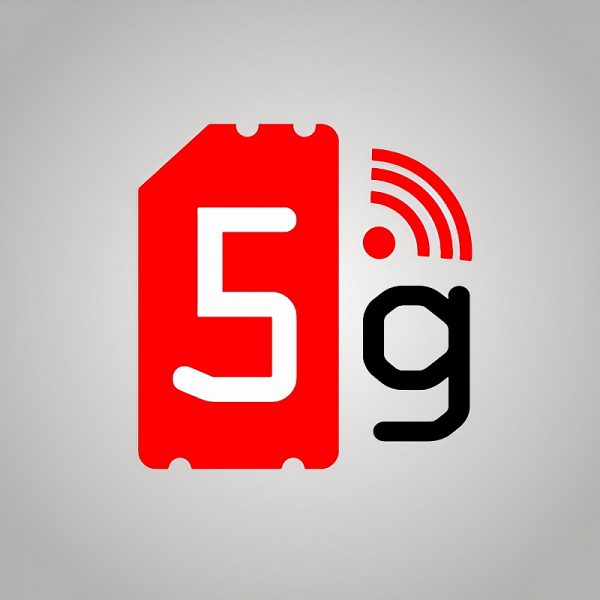
A new joint study between Telefonica (e.g. O2 UK) and telecoms kit maker Nokia, which focused on the power consumption of the RAN (Radio Access Network), has claimed that the latest generation of ultrafast 5G based mobile (mobile broadband) networks are up to 90% more energy efficient “per traffic unit” than existing 4G ones.
The research, which was conducted over a 3-month period using Telefonica’s infrastructure (based off Nokia’s AirScale portfolio, including base stations and massive MIMO Adaptive Antenna solutions), tested 11 different pre-defined traffic load scenarios that measured the energy consumed per Mbps (Megabits per second) of data speed based on the traffic load distribution.
The study also combined actual on-site base station energy consumption readings in different traffic load scenarios, ranging from 0% to 100%, as well as remote monitoring of actual power consumption through the network management systems. In short, 5G was found to be “significantly more efficient than legacy technologies when it comes to energy consumption” (i.e. more data bits per kilowatt of energy).
Advertisement
Tommi Uitto, President of Mobile Networks at Nokia, said:
“Our greatest contribution to overcoming the world’s sustainability challenges is through the solutions and technology we develop and provide. We place huge importance on this. Nokia’s technology is designed to be energy efficient during use but also require less energy during manufacture. This important study highlights how mobile operators can offset energy gains during their rollouts helping them to be more environmentally responsible while allowing them to achieve significant cost savings.”
Unfortunately, the announcement fails to include any useful figures or charts, beyond the vague “up to” 90% claim, which itself may otherwise be subject to a particular context of use case and prevents us from making an objective assessment of the study’s findings. We have requested that this data be shared.
We have no doubt, due to the way 5G has been designed (e.g. better use of Massive MIMO antennas and sleep modes etc.), that it is a more energy efficient technology “per traffic unit” but seeing the data to support this is vital.
Mark is a professional technology writer, IT consultant and computer engineer from Dorset (England), he also founded ISPreview in 1999 and enjoys analysing the latest telecoms and broadband developments. Find me on X (Twitter), Mastodon, Facebook, BlueSky, Threads.net and Linkedin.
« Openreach Takes UK ISP TalkTalk to Court Over Unpaid Fees





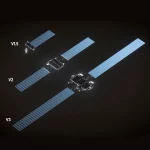
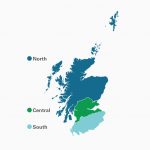






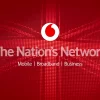


















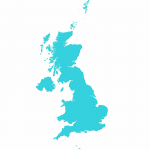





















What’s a “traffic unit” exactly?
This seems to be contradictory to what Huawei published earlier this year stating that 5G base stations need a ridiculous amount of actual energy: https://www.fiercewireless.com/tech/5g-base-stations-use-a-lot-more-energy-than-4g-base-stations-says-mtn
Of course, if you divide power usage by data rate, then sure, you might get a better efficiency per byte. But you’re still using more power!
This could explain why Three put their 5g masts in area’s with very few houses.
Literally this.
We have a new 5g mast which covers an A road and fields… Cuts off just before the actual nearby housing estate.
Useless.
People complain when cities get new tech before rural areas, then they still complain when rural areas get new tech first. Where do you want them to deploy that you /wouldn’t/ complain about?
Here’s a more benign potential explanation: perhaps they needed a new mast in the area for whatever valid reason, and they installed one that can do 5g because that’s what they’re deploying these days? It would save them from coming back and replacing it later too.
He is complaining about useless sites that cover in between area’s (the 5g signal doesn’t actually reached the housed area’s)
Forget that.. What about how much faster your phones battery drains with 5g 30% faster drain at the very least..
A bit silly as you would need way more masts than 4G for better coverage.
Which is why 5g without mesh networks is totally pointless IMHO. Every 1km you need another mast otherwise.
5g has the same range as 4g on the same frequencies. Adding more masts is for letting you use smaller cells, which are for increased throughput rather than better coverage.
This report is a bit propaganda’ish for me. It’s pretty obvious that total power consumption is the key metric to measure, particularly when thinking of environmental impacts. The fact they’re pushing this kind of marketing message might indicate they know they have an issue with power consumption.
Maybe a good KPI Nokia could analyse is operator ROI for 5G 🙂